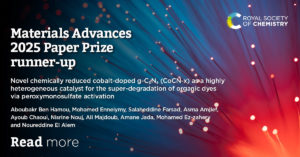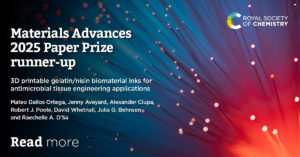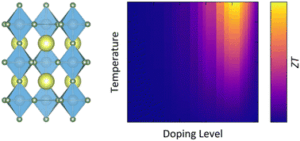Meet the authors of the winning paper
Mudasir Younis Sofi, Mohd. Shahid Khan and M. Ajmal Khan
What aspect of your work are you most excited about at the moment?
We are particularly excited about advancing the development of lead-free, environmentally sustainable double halide perovskites for multifunctional applications in spintronics, thermoelectrics, and energy conversion. Leveraging advanced density functional theory (DFT) and post-DFT approaches, we aim to design materials with precisely tailored properties—combining fundamental scientific insight with strong potential for real-world technological impact.
How do you feel about Materials Advances as a place to publish research on this topic?
Materials Advances is an excellent platform for publishing interdisciplinary and forward-looking materials science research. Its global reach, rigorous peer-review process, and commitment to emerging technologies make it an ideal venue for impactful work in perovskite-based materials.
Can you share one piece of career-related advice for early career scientists?
Stay curious, collaborative, and consistent. Build a strong foundation in theory, actively share your work, and seek feedback. Many opportunities emerge through openness, persistence, and genuine scientific engagement.










































